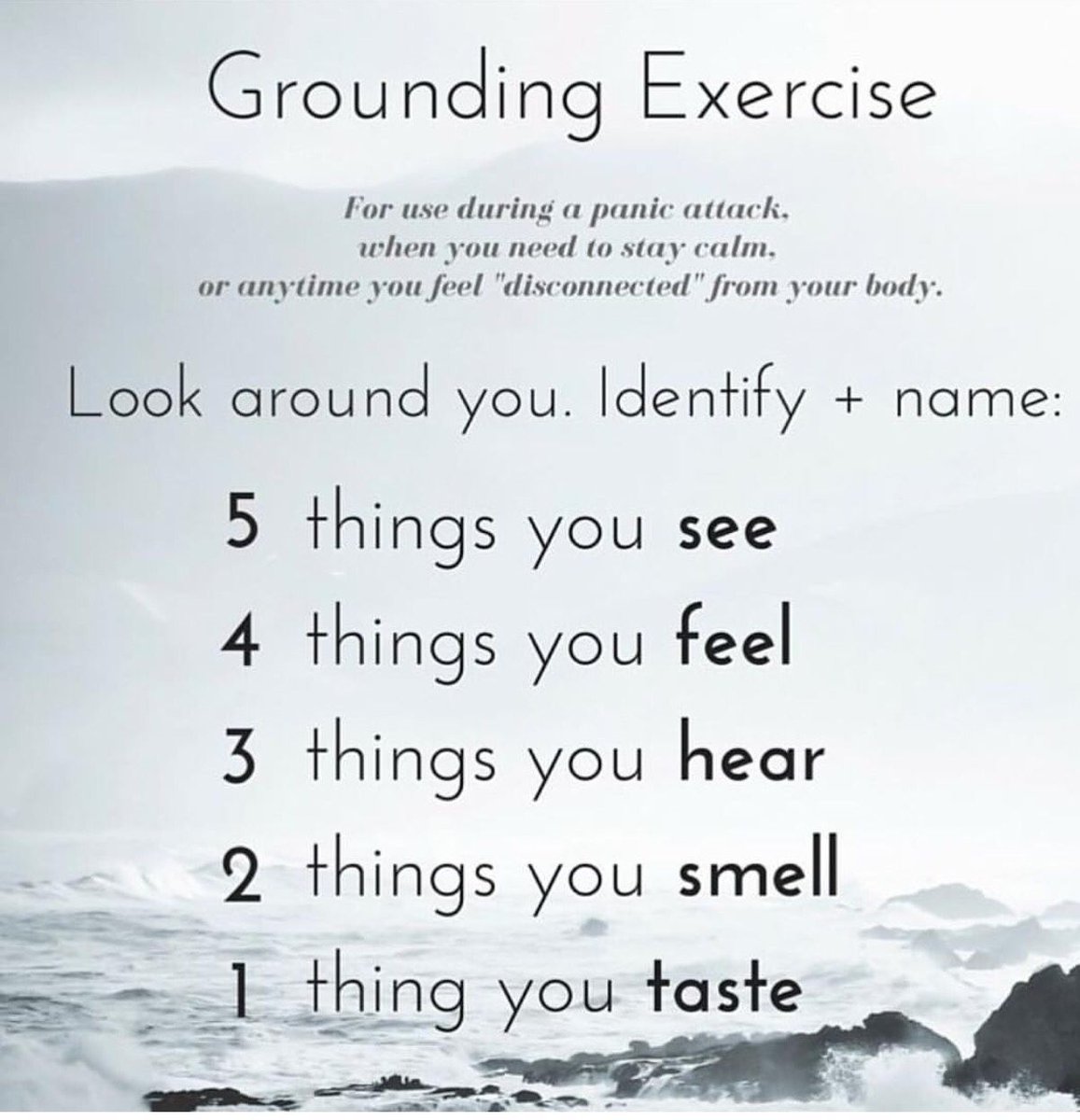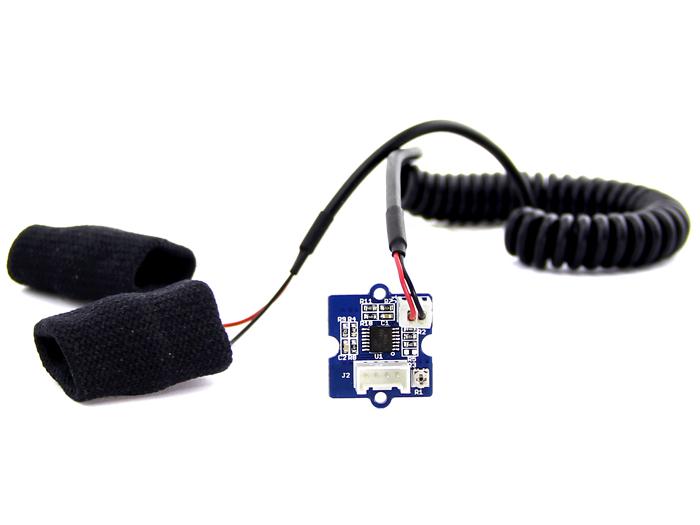I want to create a smart watch interface for someone with anxiety and panic disorder. I plan on using real-time biometric data from sensors and using the data to trigger and display things using p5.js. I have done projects before the use p5 serial communication, but my plan b is that is it does not work, then I will simply use button interactions in p5.js to trigger the different modes.

Normal Mode includes a watch interface that displays the time and date, in addition to the sensor data in an artistic, data-visualization way (I am thinking something similar to a mood visualizer type of thing). The panic mode can be triggered through two ways: a panic button the user presses or sensor data that indicates the user is having a panic attack. In Panic Mode, the canvas cycles through the following anxiety relieving techniques:
- Deep Breathing Exercise: using calming graphics to help guide the user through a deep breathing exercise. I will use online resources to figure out how the breathing exercise need to be in order to work, like WebMed’s Techiques for deep breathing.
- Body Scan: using the body scan technique found here.
- Distraction/Game Technique: using a jigsaw puzzle or some sort of mind occupying game that reduces stress but still allow you to channel your overactive brain somewhere.
- 5 Senses Technique: using the 5 senses to ground you, as shown below:

If all of the following techniques do not work, then this triggers a “call emergency contact” state, which calls someone you designated as a person to reach out to. For example, “calling your mom…”
The biometric sensors I am thinking of using are: a heart rate (PPG) sensor, a GSR sensor, and a respiratory rate sensor. The last one, I might not need, I am waiting to confirm with a specialist…

![[OLD FALL 2019] 15-104 • Introduction to Computing for Creative Practice](../../../../wp-content/uploads/2020/08/stop-banner.png)